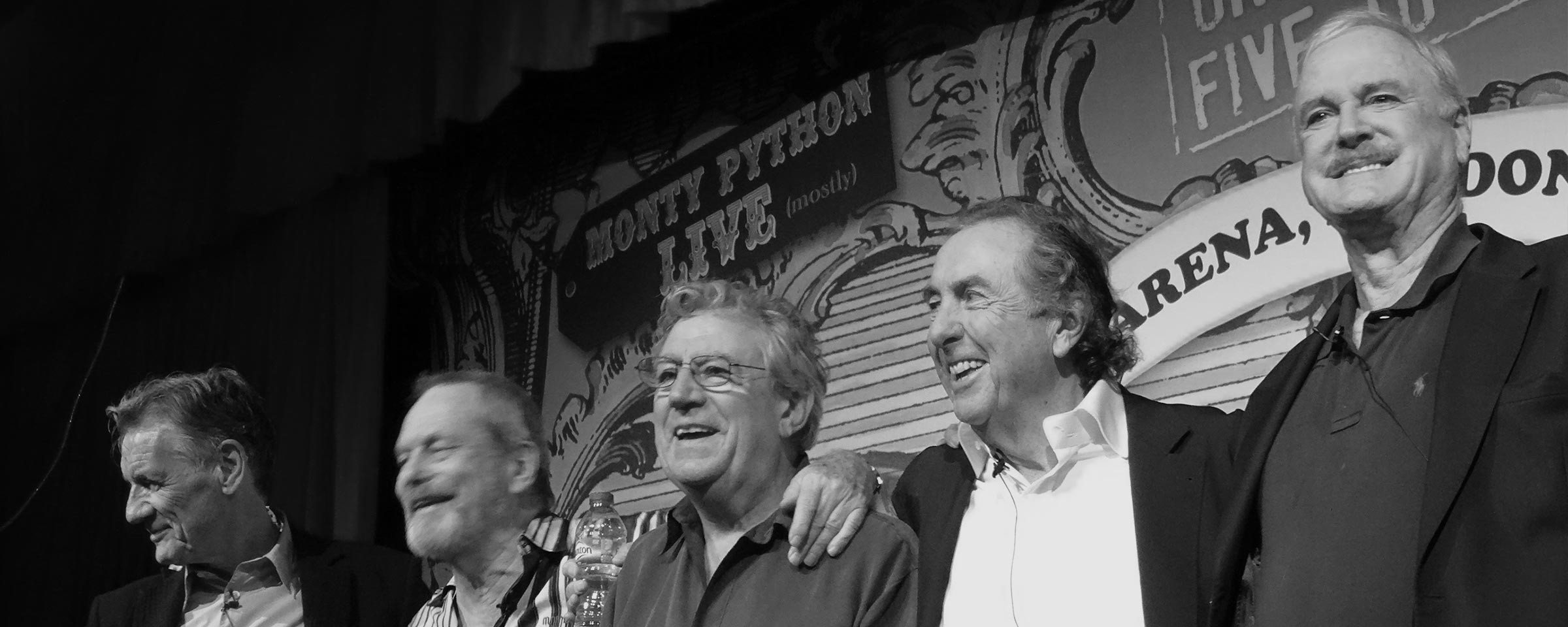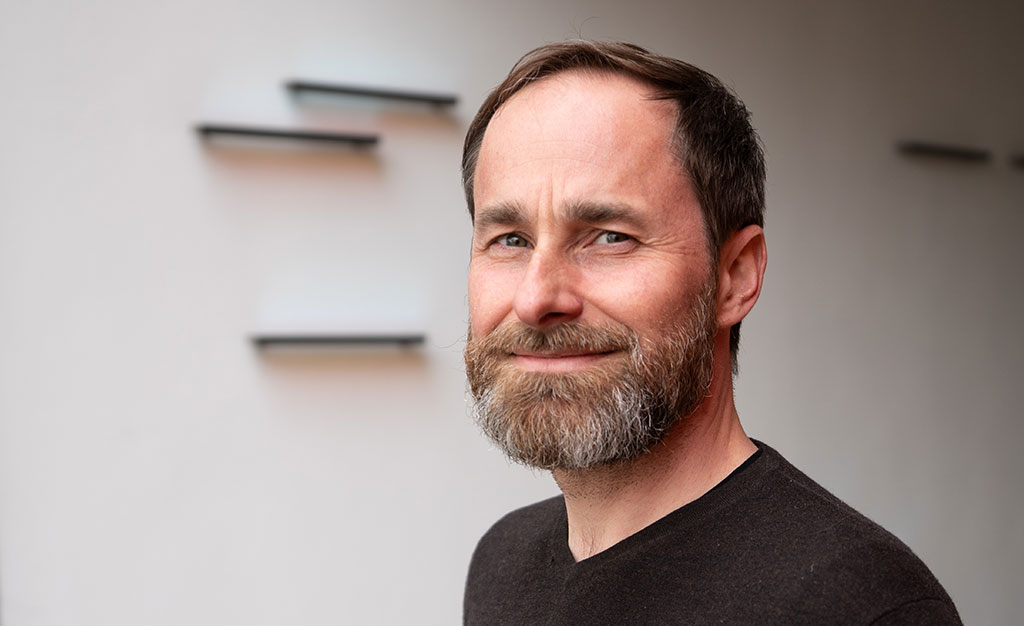Expertise
Unternehmen

Thoughts on innovation – Innovate like the Flying Circus

Image: "Photo 02-07-14 14 03 54" by Eduardo Unda-Sanzana is licensed under CC BY 2.0
Bernhard wrote a noteworthy article “Rely on fascination, not on fear” in which he argues why fear is counter-productive if you want to foster innovation. Indeed many ideas don’t become innovations, because of a strong force that is trying to conserve the status quo, sticking to traditional patterns and avoiding change. If you are an innovator or change agent, you are likely to see a typical reaction in the mainstream of your business. People are not comfortable with change. Pivoting behavior requires a lot of effort, but its up to us, how we set up the ecosystem for change.
1. Unmanaged change
This was initially analysed by Elisabeth Kubler-Ross in the 60ies. The Kubler-Ross change curve sees shock, denial, frustration and even harder – depression as a predecessor for breaking with traditional behaviours and pivot to new patterns of exploration and decision.
2. Managed change
We are better off, if we establish a climate of continuous questioning the status quo. That’s much easier for the organization from a cultural perspective, but it is very complicated to manage in a productive ecosystem. It gets much easier if you have a stage or platform. You might have thought about how to install a creative environment where the magic of exploration happens. C. Otto Scharmers groundbreaking work Theory U and presensing is showing a more optimistic, willful and conscious perspective.
According to Otto Scharmer, „Open Will“ defines the pivot of change. But how should a space for this process look like? Many of us are trained designers; we see a lot of similarities to setting up effective creative environments. By accident, I stumbled upon a lecture by John Cleese, who boils all down the essence of creative effectiveness.
{' '}
„Creative effectiveness needs space, time, (more) time, confidence and a 22 inch waist.”
In other words as a company trying to come up with something new, you need four magic ingredients…
- A space
- A lot of time for reflection
- Trust in your skills
- Humor and freedom
John Cleese is a serial innovator developing comedy formats and ensembles like Monty Python’s Flying Circus. I’m pretty sure, none of us thought about Monty Python, when we created the “Intuity Zukunftswerkstatt”. But looking back it’s been exactly the ingredients John Cleese mentioned that formed the basis of our approach – an accelerator for new ventures.
3. The Intuity Zukunftswerkstatt – Changing the future by creative impulse
The “Zukunftswerkstatt” offers spin-off teams from small and large corporations a perfect space for pretotyping new ideas and come up with a prototype within fast three months. The “Zukunftswerkstatt” was initially created for Bosch in order to shape the next generation of connected things and services in an agile, focussed and fast interdisciplinary team. Starting as a small initiative, we had a couple of very productive sprints below the radar. But soon the things happening there drew attention to our place and the people behind. Top management visited the magic space and the sprint teams were showing their prototypes and telling their vision of future products and services. A pretty respectable amount of ideas evolved into so called lighthouse projects. A lighthouse was the term for a project or initiative representing strategic intent or targeting new business opportunities or revenue streams – for example the eMobility Ecosystem. In the lighthouse projects, we refined the business model, the user experience strategy and the user interfaces. We still have not entirely deciphered the magic that happened in the “Zukunftswerkstatt” and I am sure lots of further insights still stick as implicit, tacit knowledge with the teams waiting to be discovered and externalized. This year we are working closely with startups applying those insights. If you are running a start-up or a corporate incubator program, please drop me a line.